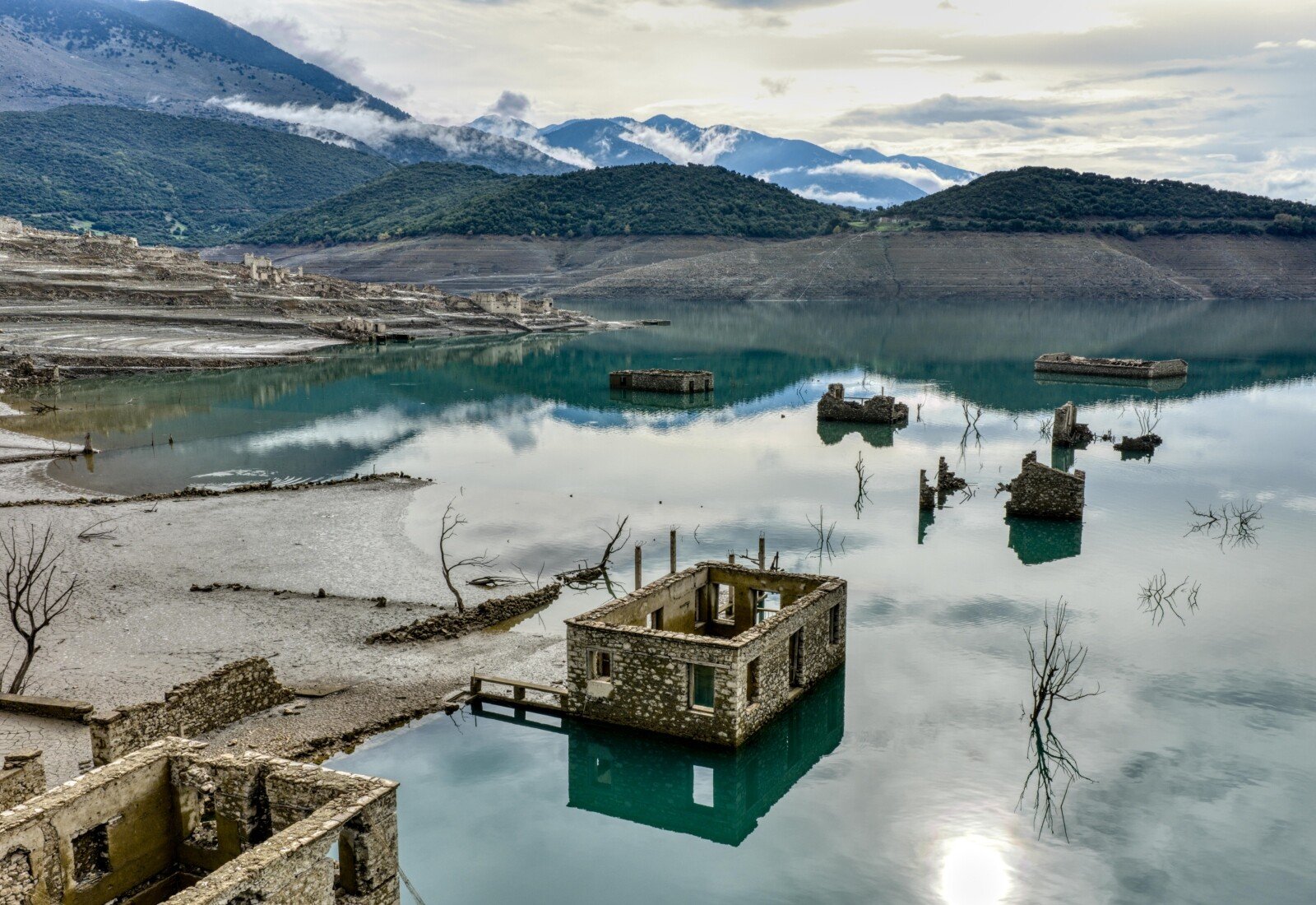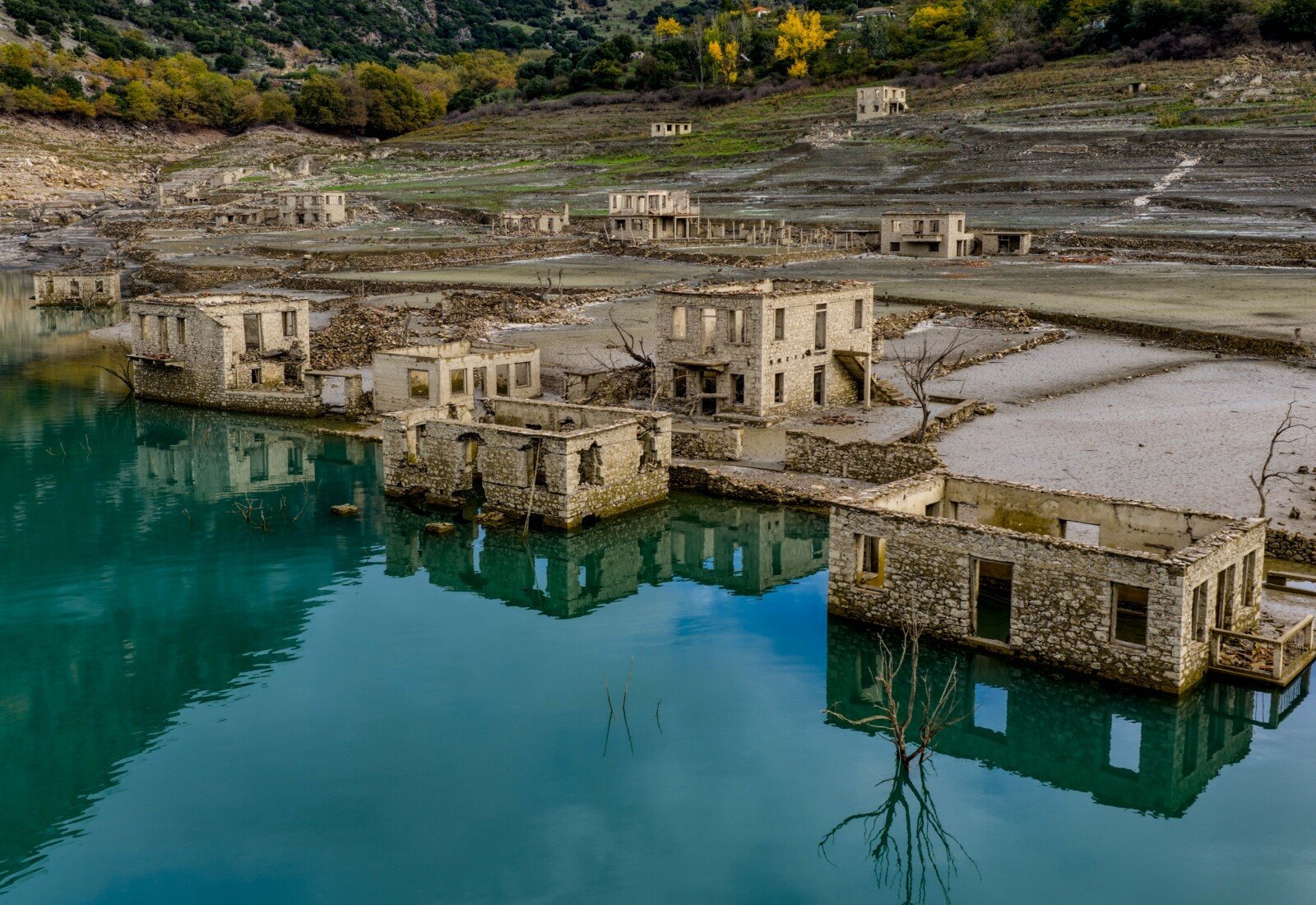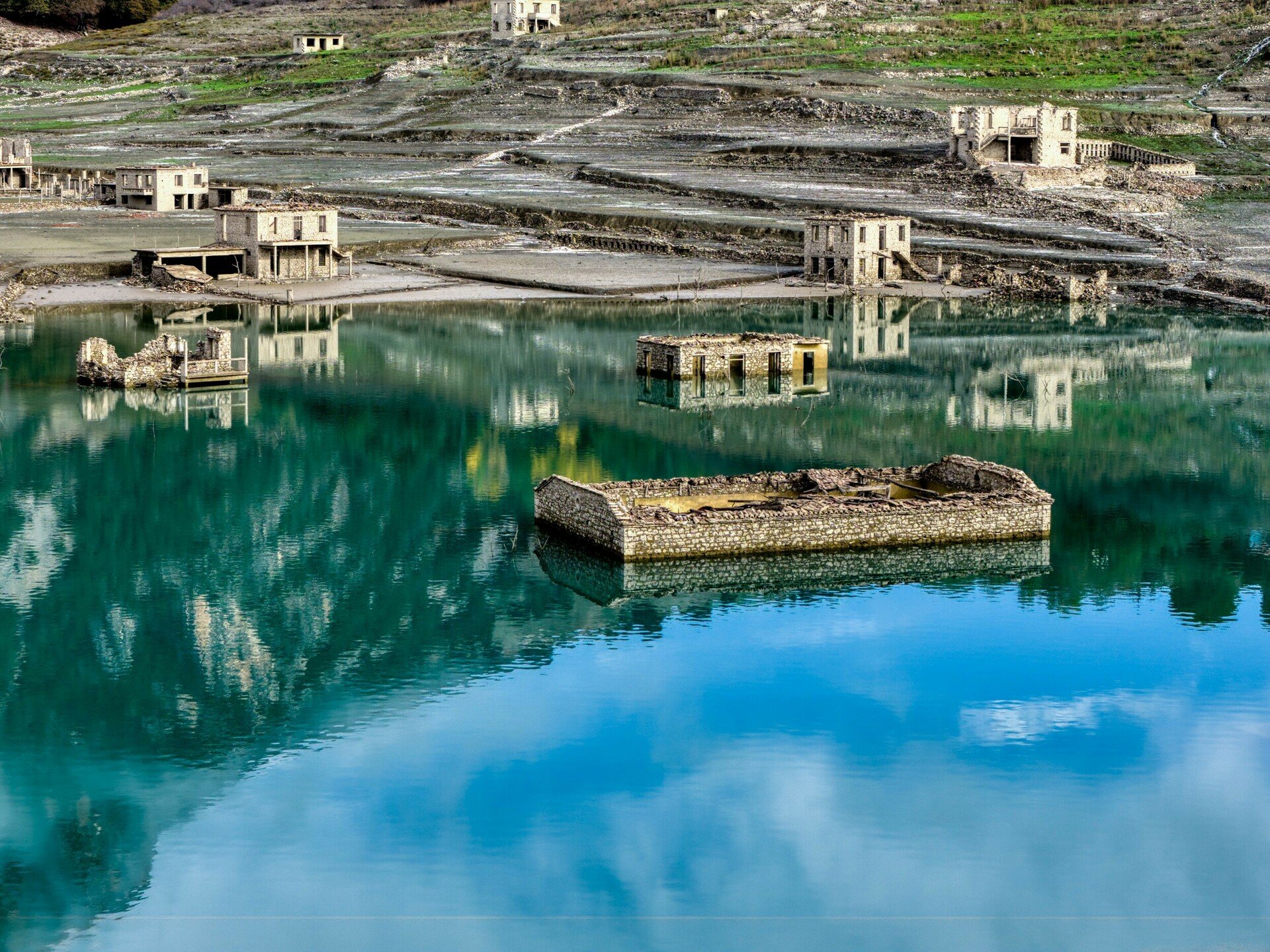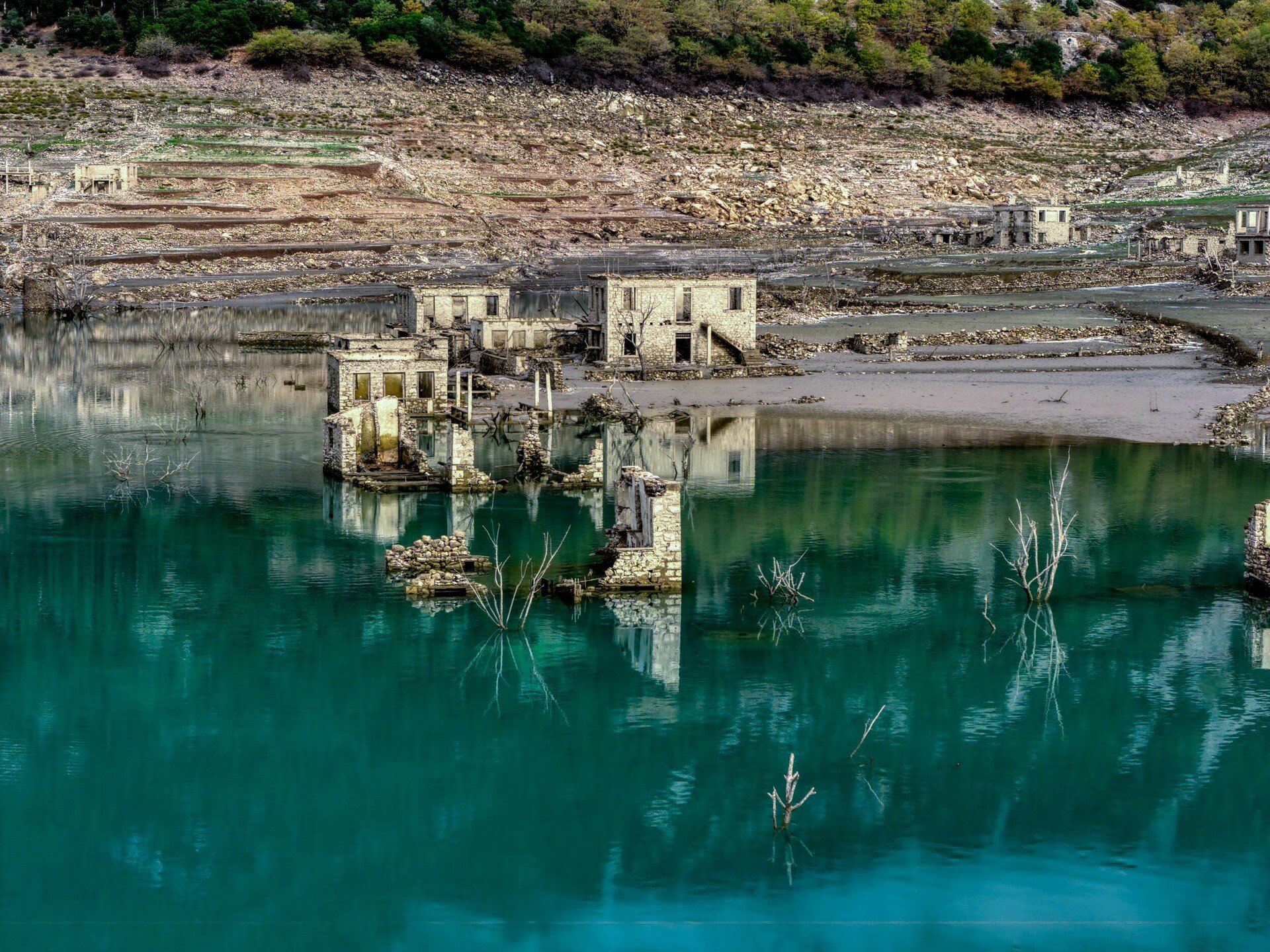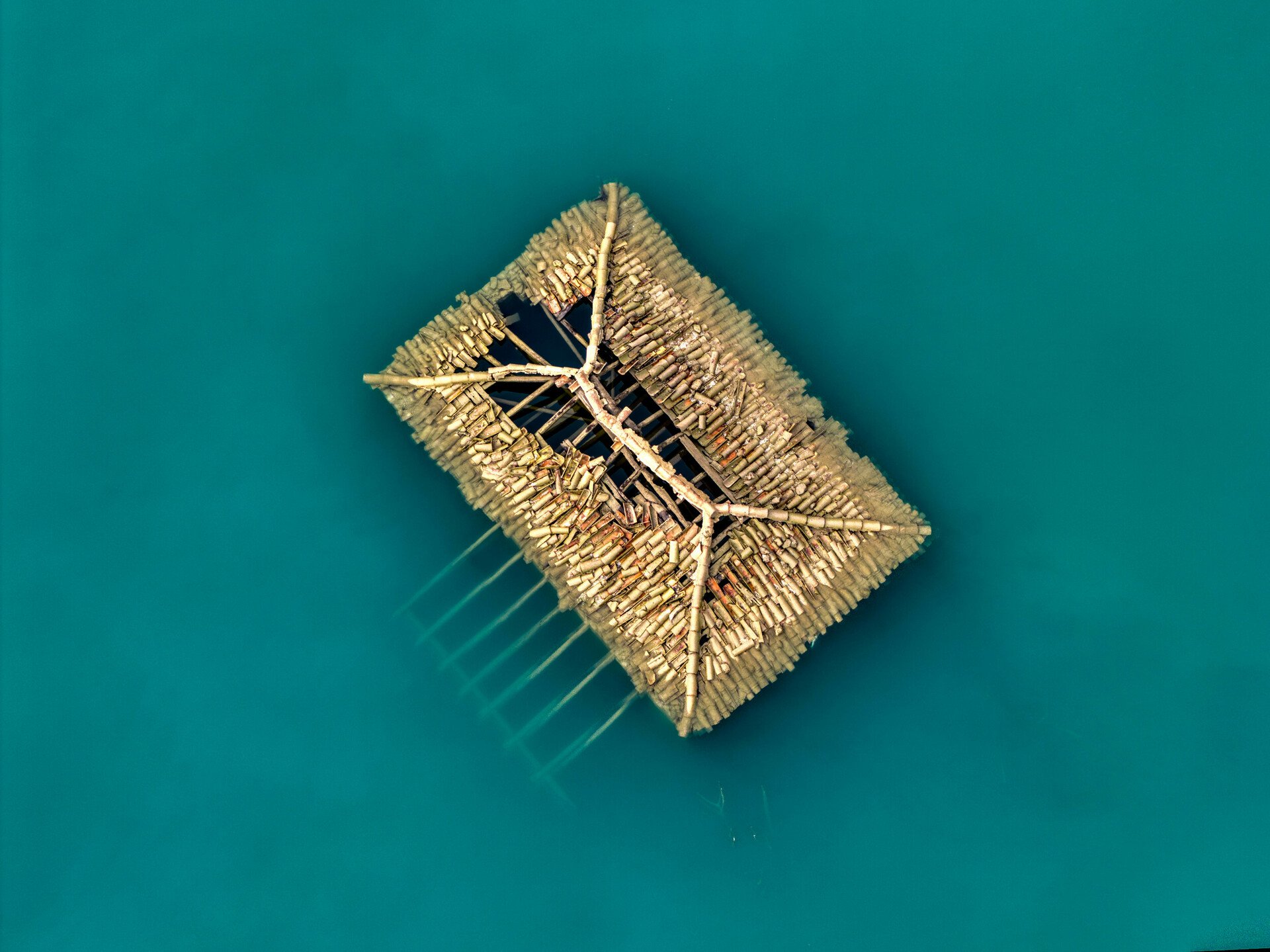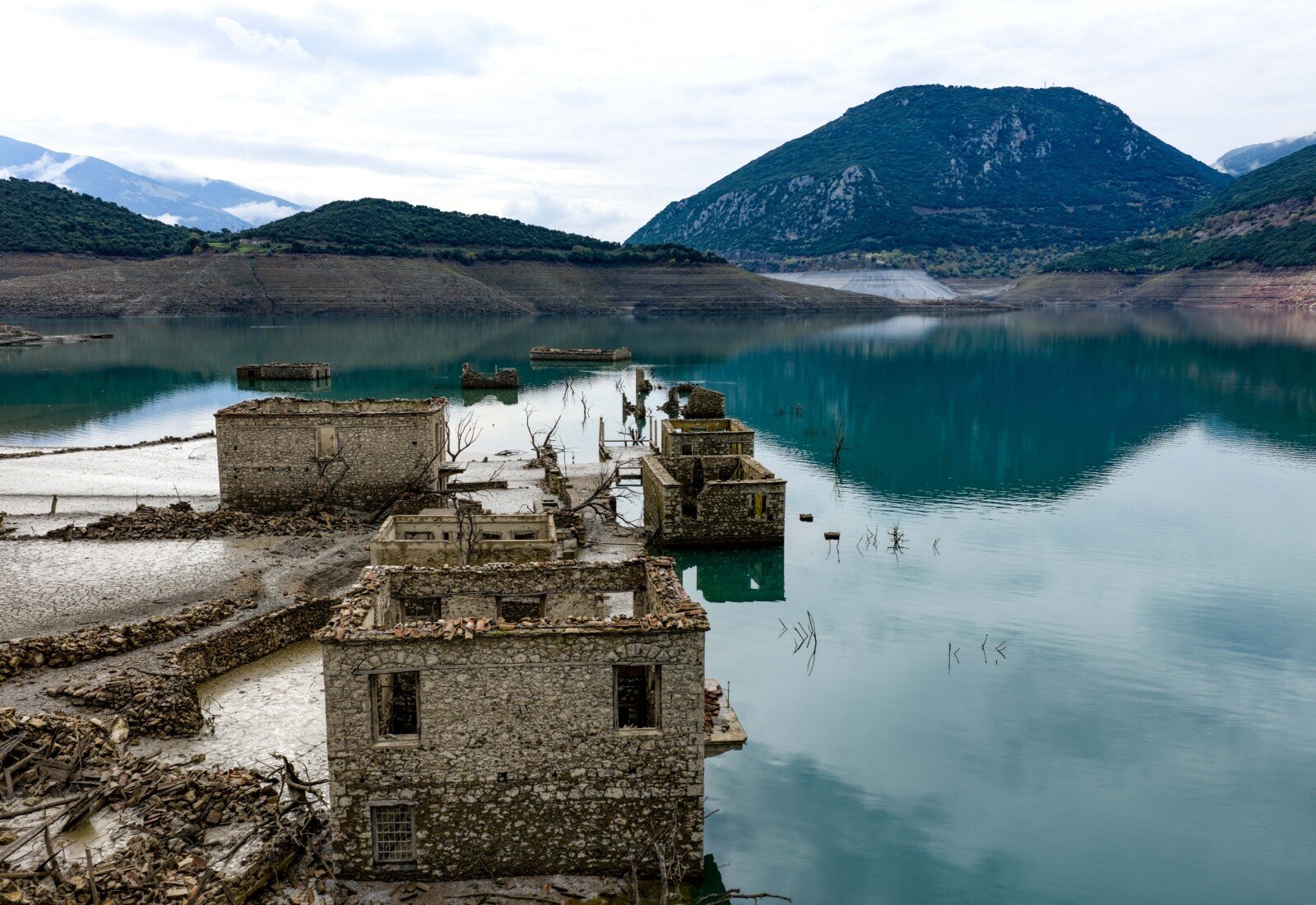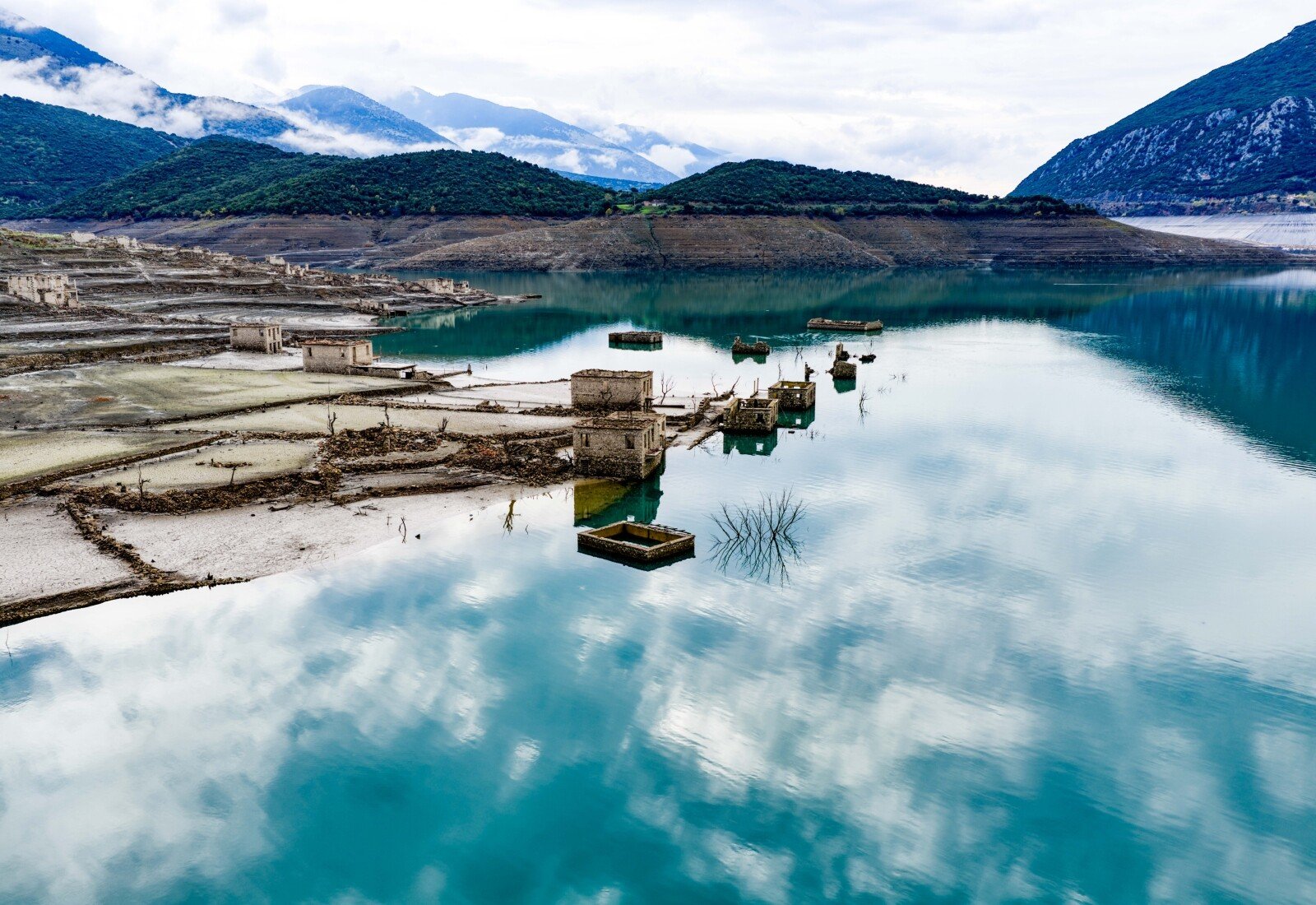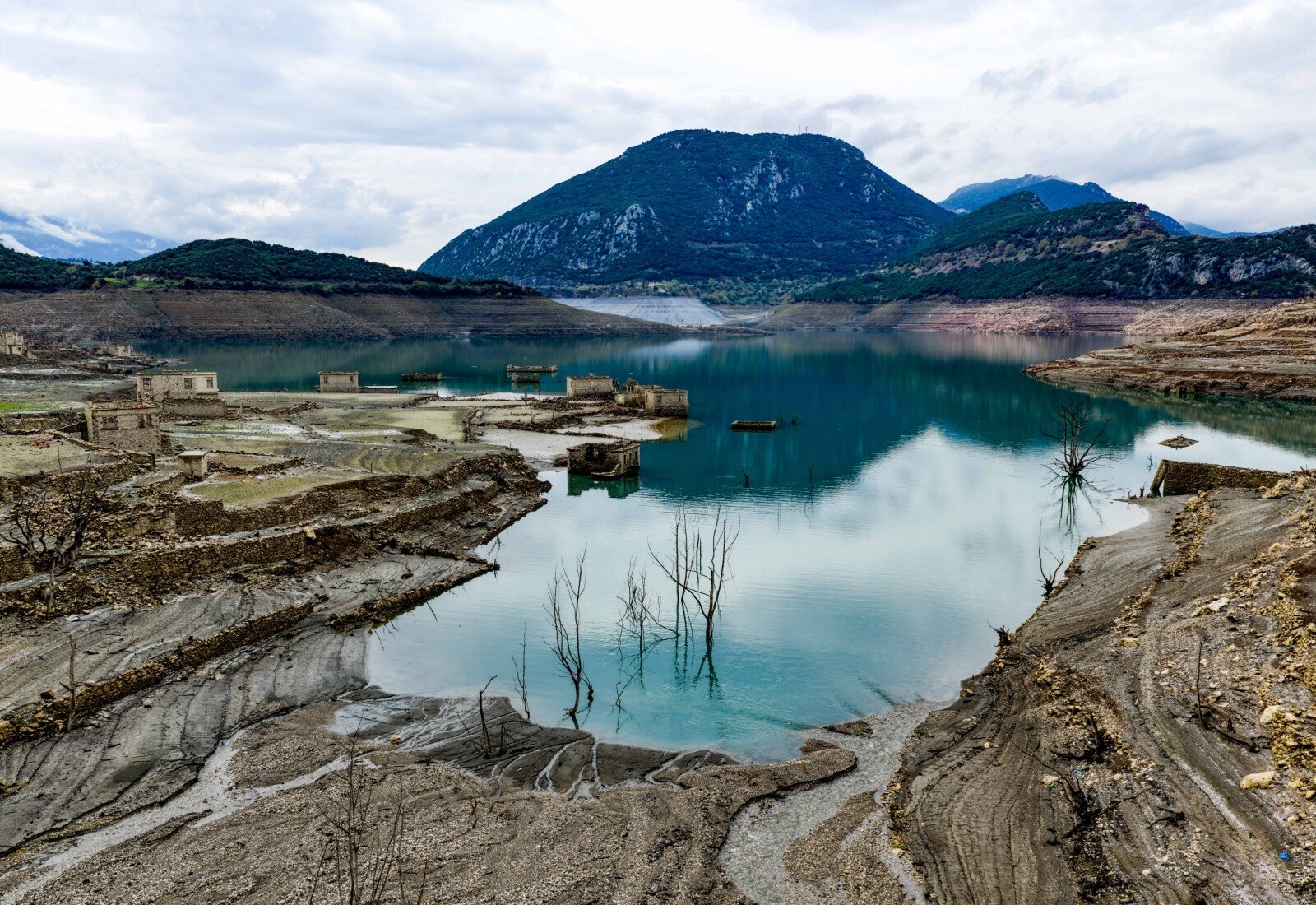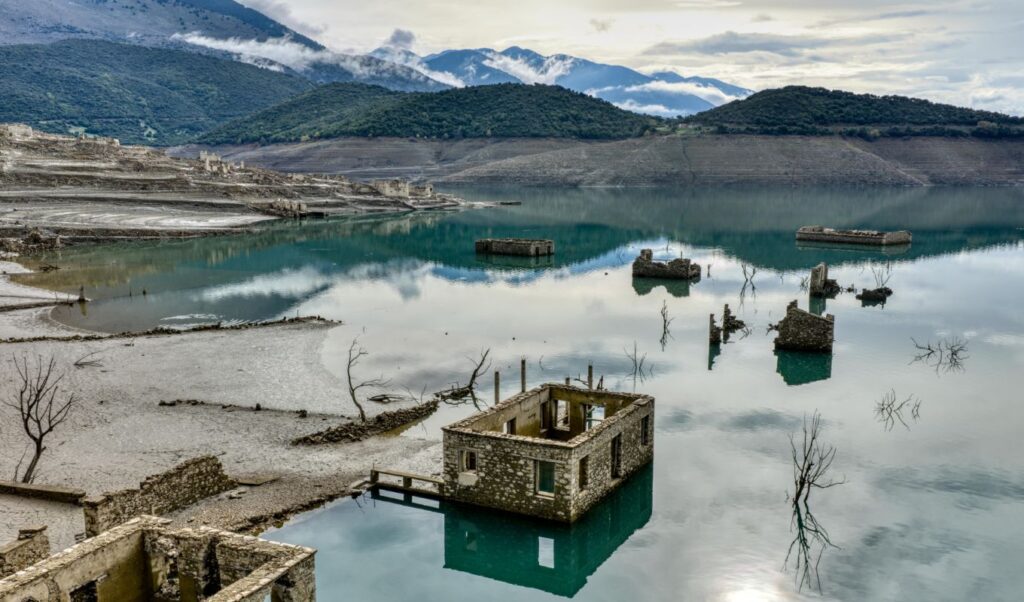Despite recent rainfall, the water level of the artificial lake at Mornos, which supplies water to Attica, remains at extremely low levels, sounding alarm bells for available water reserves in the Athens basin. Climate change, overexploitation of water resources, and pollution are leading to a severe reduction in available water supplies. Water supply systems, agriculture, and ecosystems are being affected by prolonged periods of drought and increased temperatures, causing drops in river and lake levels. Despite being considered relatively rich in water resources, Greece faces water shortage problems in many areas, mainly during the summer months.
Read: Lagouvartos warning about Mornos water shortage: “We’re entering the worst situation of the 21st century” – What he said on Parapolitika 90.1 (Audio)
A characteristic example of a water reservoir of great importance for Greece, and especially for Athens, is Lake Mornos, located in Phocis. It was artificially created in the early 1980s with the construction of the Mornos Dam and serves as the main reservoir supplying water to Athens and much of Attica.
The water comes mainly from the mountains of Giona and Vardousia, while the dam holds back the waters of the Mornos River, creating an impressive lake within a natural landscape of rare beauty.
In recent years, the lake’s water level has shown a significant drop
However, in recent years the lake’s water level has shown a significant drop due to reduced rainfall, causing concern as the lake serves as a critical water source for millions of people.
Drone footage captures the significant recession of the lake’s water level, revealing an otherworldly landscape with the submerged village of Kallio having emerged.
See images



